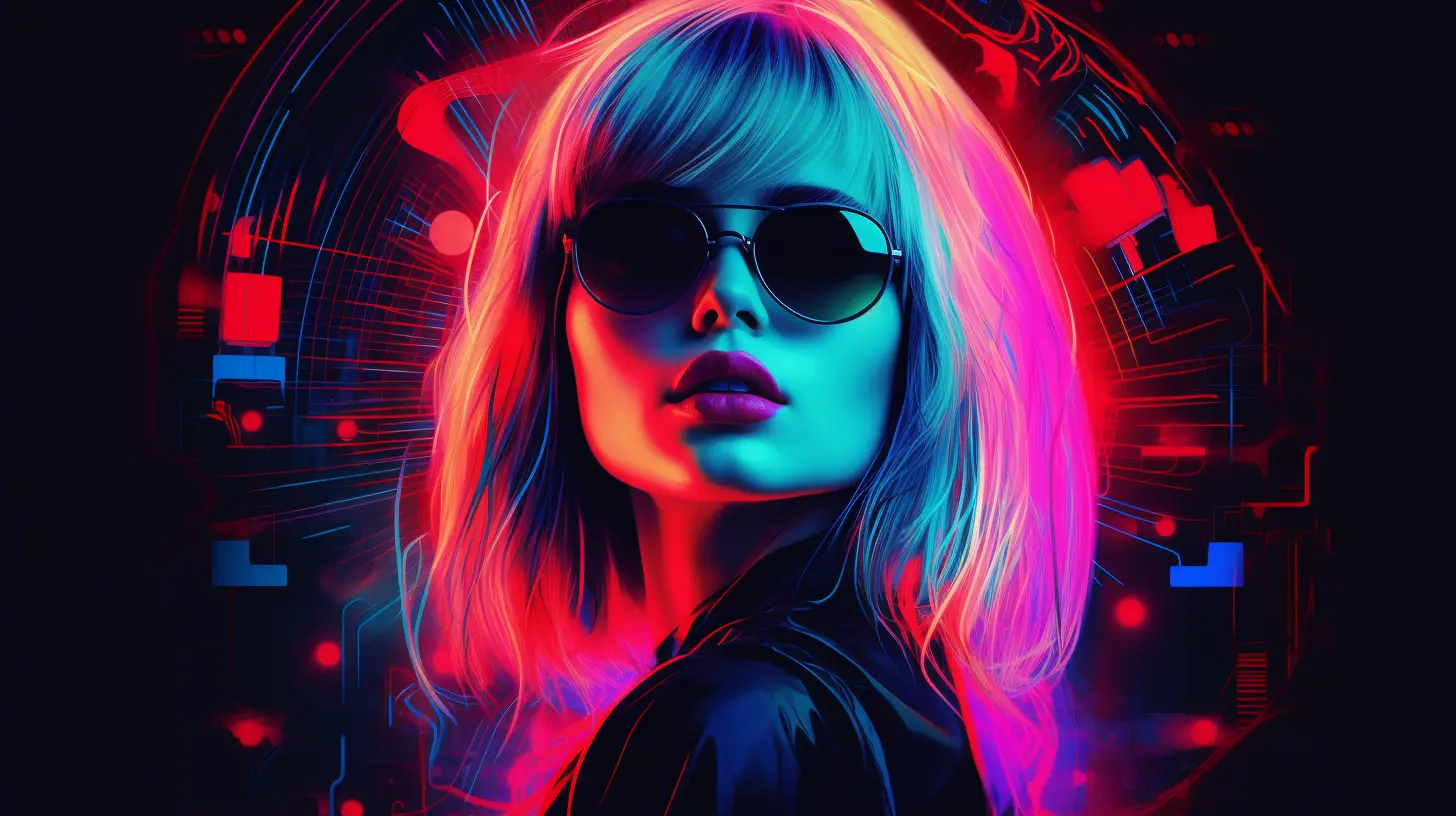AI Art- Transforming Creation, Analysis, Engagement & Future

Artificial Intelligence (AI) is rapidly transforming the landscape of artistic creation and analysis in the art world. With its ability to process massive amounts of data and learn from patterns, AI has sparked a creative revolution, opening up new possibilities for artists and revolutionizing the way art is produced and interpreted. From generating mesmerizing visual compositions to composing music and creating innovative designs, AI is pushing the boundaries of what is possible in art. Additionally, AI algorithms can also analyze art to identify patterns, styles, and emotions, offering valuable insights for art historians, collectors, and enthusiasts. As AI continues to evolve, its impact on the art world is expected to grow, shaping the future of creative expression and appreciation.
AI’s Influence on Artistic Creation
AI has made significant strides in revolutionizing the art world, especially through the use of Generative Adversarial Networks (GANs) and machine learning algorithms. GANs, a type of artificial intelligence, have enabled artists to create original pieces by training algorithms to produce unique visuals, merging the boundaries between human creativity and machine generation. These algorithms can analyze vast amounts of art and data to identify patterns, styles, and techniques, providing artists with an endless source of inspiration. Additionally, machine learning algorithms have been utilized to interpret and mimic artistic styles, allowing artists to experiment with different visual elements and explore new creative possibilities. With the help of AI, artists can now generate diverse and innovative pieces that push the boundaries of traditional art forms, giving rise to a new era of artistic expression.
AI’s Role in Artistic Analysis
AI has significantly transformed the way artistic analysis is conducted, leveraging algorithms to decode and understand various styles, techniques, and criticisms. By processing vast amounts of data, AI can effectively discern patterns in artistic styles, uncover historical influences, and weigh in on the critical reception of artworks throughout time. With the use of machine learning techniques, AI can identify the subtle nuances and distinct characteristics of different artistic movements, enabling a deeper understanding of the evolution of art. Furthermore, AI algorithms can analyze and provide insights into the techniques employed by artists, shedding light on their processes and ingredients for creating impactful pieces. This intersection of art and technology through AI has opened up new avenues for exploring and understanding the intricacies of artistic expression.
AI’s Impact on Audience Engagement
AI has significantly transformed audience engagement in the world of art through the use of advanced technologies such as augmented reality (AR), virtual reality (VR), and conversational AI tools. These innovations have allowed for a more immersive and interactive experience for art enthusiasts from around the globe. One notable example is the utilization of AR and VR to create interactive art installations, enabling viewers to step into the artwork and become active participants in the creative process. Moreover, conversational AI tools have been employed to provide personalized and engaging experiences for visitors through virtual tours and interactive exhibits, resulting in a deeper connection between the audience and the art. As a result, AI has successfully enhanced the level of engagement and interaction, making art more accessible and captivating for a wider audience.
Conclusion and Future Possibilities
In conclusion, we have witnessed how AI technology is revolutionizing art creation, pushing the boundaries of human imagination and opening up a world of creative possibilities. AI has enabled artists to explore new techniques, generate novel art forms, and collaborate with intelligent machines to uncover fresh perspectives. As AI continues to advance, the future holds even more exciting prospects for the art world. We can expect further advancements in AI-driven art generation, as well as enhanced tools for artists to harness the power of AI in their creative processes. Additionally, AI is poised to facilitate deeper interactions between art and its audience, offering personalized and immersive experiences that were previously unimaginable. The potential for AI to revolutionize art creation is truly limitless, and we are only at the cusp of discovering the full extent of its transformative capabilities.
